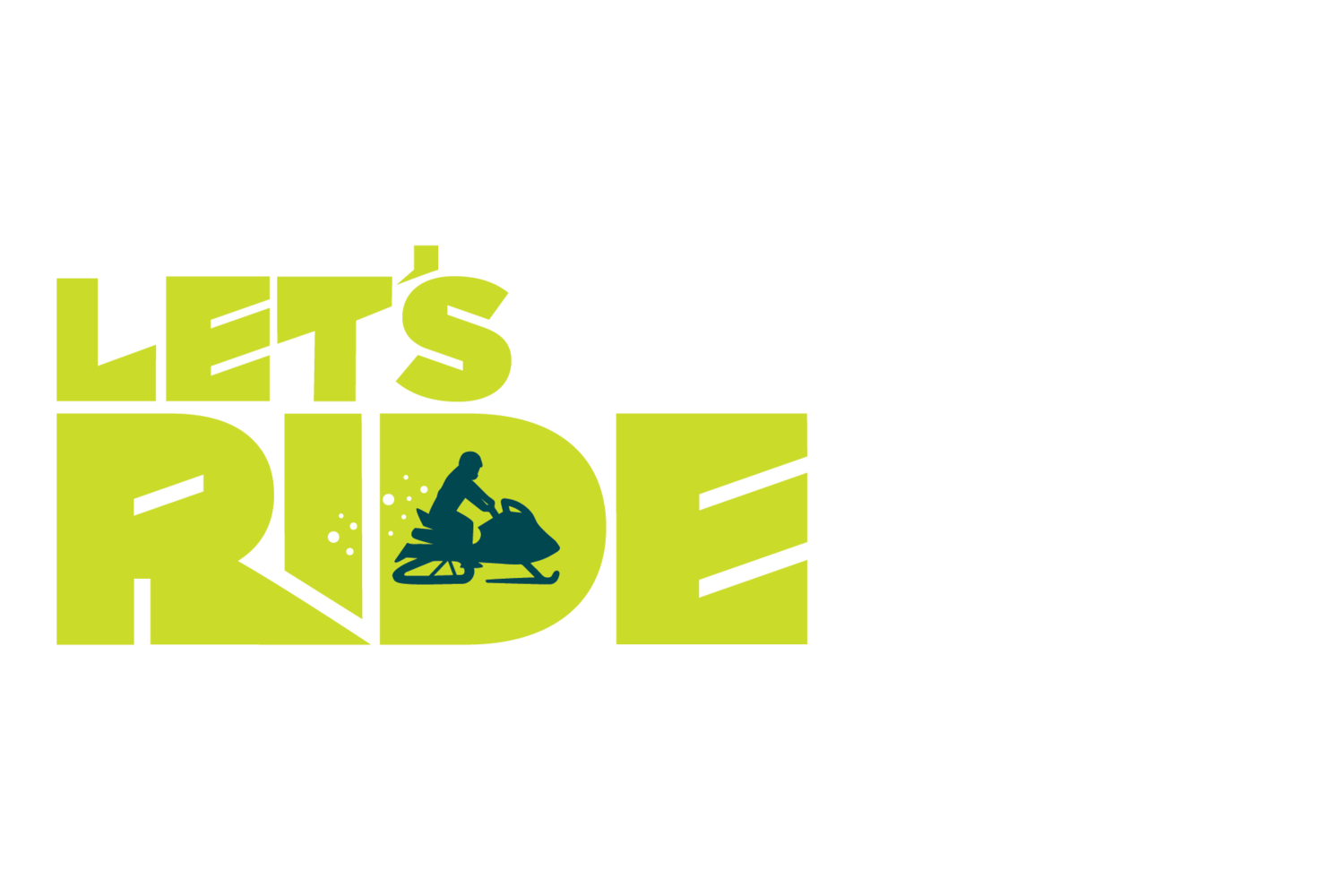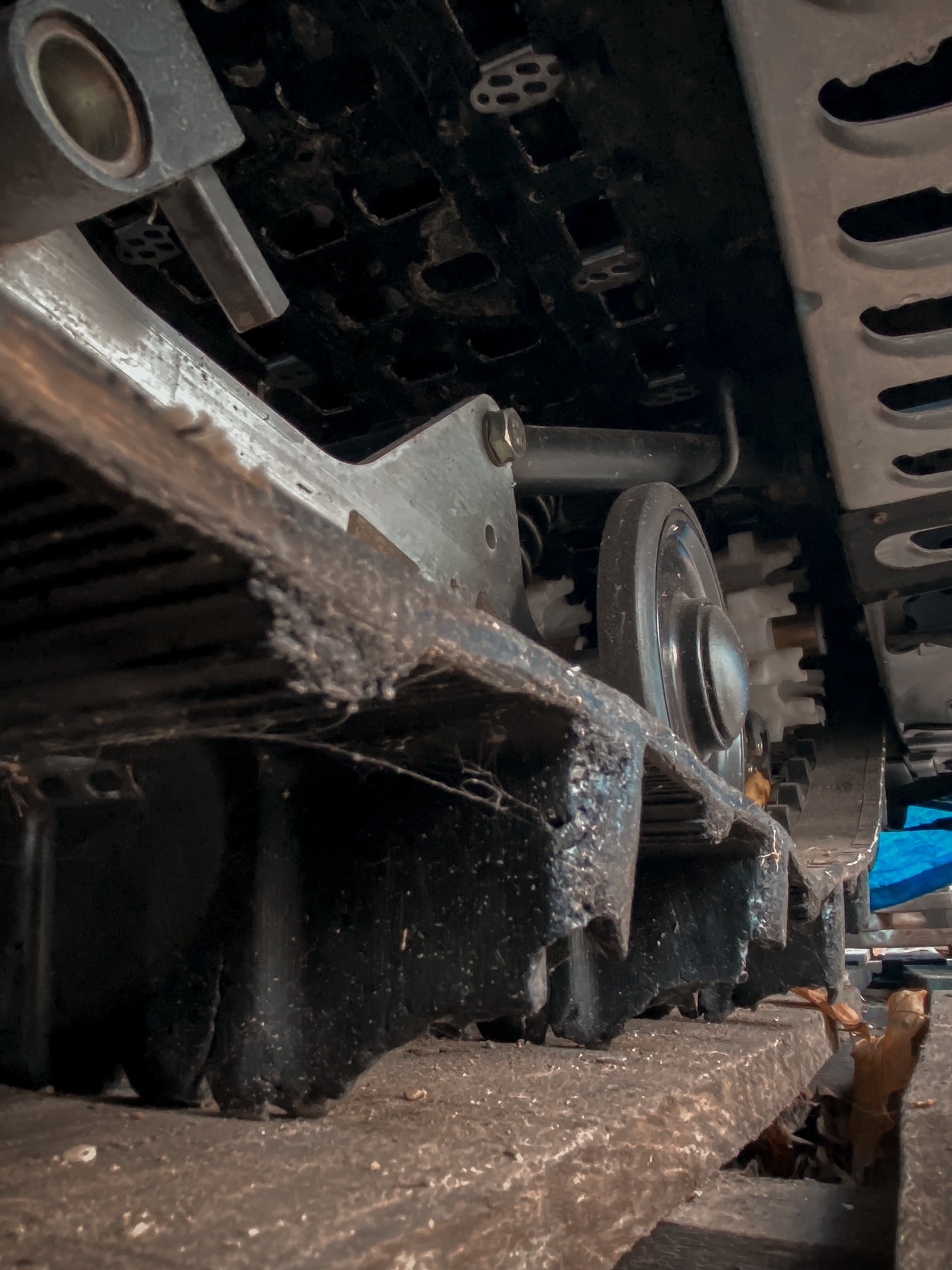WAKING UP WINTER
A MOUNTAIN SNOWMOBILE PRESEASON CHECKLIST
Your boat is winterized and headed to storage. The endless surf chop has dissipated, beaches are vacant, and the brisk morning air turns the lake's surface into steam. While the change in season saddens many, you revel in it - sled season is nearing! As the first snowline forms on the mountains around you, your inner sledder begins to awake. You wipe the summer sand out of your eyes and head to your sled to prepare for your first ride. From throttle response to track tension, there are many things you must inspect before heading out, but where do you begin?
DOES IT START?
Before you get too eager and give the pull cord the old "College Try," ask yourself a couple of questions. Where did you store your snowmobile - in your shop, outside under a tarp, or outdoors with no cover? How did it run when you put it away? Did it even run at all? It seems like an obvious question, does it start? But the reality is some riders expect it to. Take a moment and ensure no critters have made their selves at home; look for nests and check over wiring. How's the oil? How's the coolant? Leaks? Fuel - is it fresh? Electric start - is the battery charged? Alright, don't give it all you've got just yet. Pull it over slowly - this allows for some lubrication (in case you didn't fog it) and ensures nothing is constricting the combustion chamber.
IT RUNS, NOW WHAT?
Hooray, it's idling! While it warms up to operating temperature, check your electrical functions - dash, headlights, brake/taillight and hand warmers. Now that we've confirmed the sled runs and it isn't just hanging out in your back forty locked up, you can shut it off once warm and proceed to check over the rest of it:
Throttle Lever - Assure smooth operation to "full gas" and "off the gas" position and that there is no play in the throttle block. Examine the cable for fraying and kinks. When released, the throttle lever should return quickly.
Brakes - The lever should be firm when applying it and should not go all the way to the bars. If it is soft, it's a good idea to inspect the pads. Check your reservoir for leaks/cracks. Change the oil if it is dark.
Tether/Kill Switch- Check to ensure the tangs are intact or the contact point is secure if you run a rubber/chipped tether. Inspect the clip that attaches to your riding gear - you should always have it hooked to you while riding. Check the function of your kill switch.
Starter Rope - With your kill switch off, pull the starter rope out and inspect for fraying. Ensure there is a safety knot at the handle to prevent the cord from being sucked back into the recoil at any point.
Steering - You want the steering to be free - full movement from side to side. Your handlebars should be straight and tight, not jiggling between your fingertips. If they are or appear tilted one way, inspect the steering post and bushings - replace them accordingly. Check your tie rods for tweaks and the boots for tears/cracks if applicable to your sled. The bottoms of your skis should be smooth; holes are no good - they create drag and weakness, which can cause the ski to snap in half. Replace the carbides/wear bars if bent, worn, broken.
Front Suspension - Check control arms for damage. Look for leaking around shock seals and set springs to your desired adjustment.
Air Intake - Replace your intake vents if broken; they will allow snow to enter the airbox assembly, resulting in performance issues.
Drive Belt - Inspect for looseness, discoloration, cords, missing cogs and narrowing. Set the deflection and ride height. While you're here, visually check over your clutches for wear, blow them out and clean them up.
Chaincase - Change the oil if you didn't before storing it and confirm that the chain tension is set correctly.
Rear Suspension and Elements - Idler wheels should be smooth and spin freely with no bearing noise or play. Inspect rear suspension arms and drop-down suspension ears for breaks or cracks. As you did with the front shocks, check the rears. The scratchers play a crucial role in keeping your sled running cool and the rear end lubricated - they won't dig in enough to do their job if worn too low or broken. Change the sliders/hyfax if worn past the wear indicator anywhere along the way.
Driveline - Mark the track and visually inspect for damage - missing lugs, cracks, tears and holes. Damage can happen from impact, so it won't hurt to look over your driveshaft and drivers if you find something substantial. But often, damage on deep snow tracks comes from low snow conditions and excessive track temperature. Be sure to set your track tension and check alignment.
Checking over your sled can be intimidating if you are unfamiliar with the components, and that's ok - refer to your Operators Manual if you need clarification on your preseason check over process. If you are uncomfortable with any task, call your local dealer and book your sled in before the season gets underway! Once your sled is ready, check over your gear and if you haven’t already purchased a membership, do so! You’re ready to ride!
We’ll see you out there!
Savanna Rennie is a rider and writer from Enderby BC. She was introduced to snowmobiling 10 years ago and has been deeply passionate about it since!










